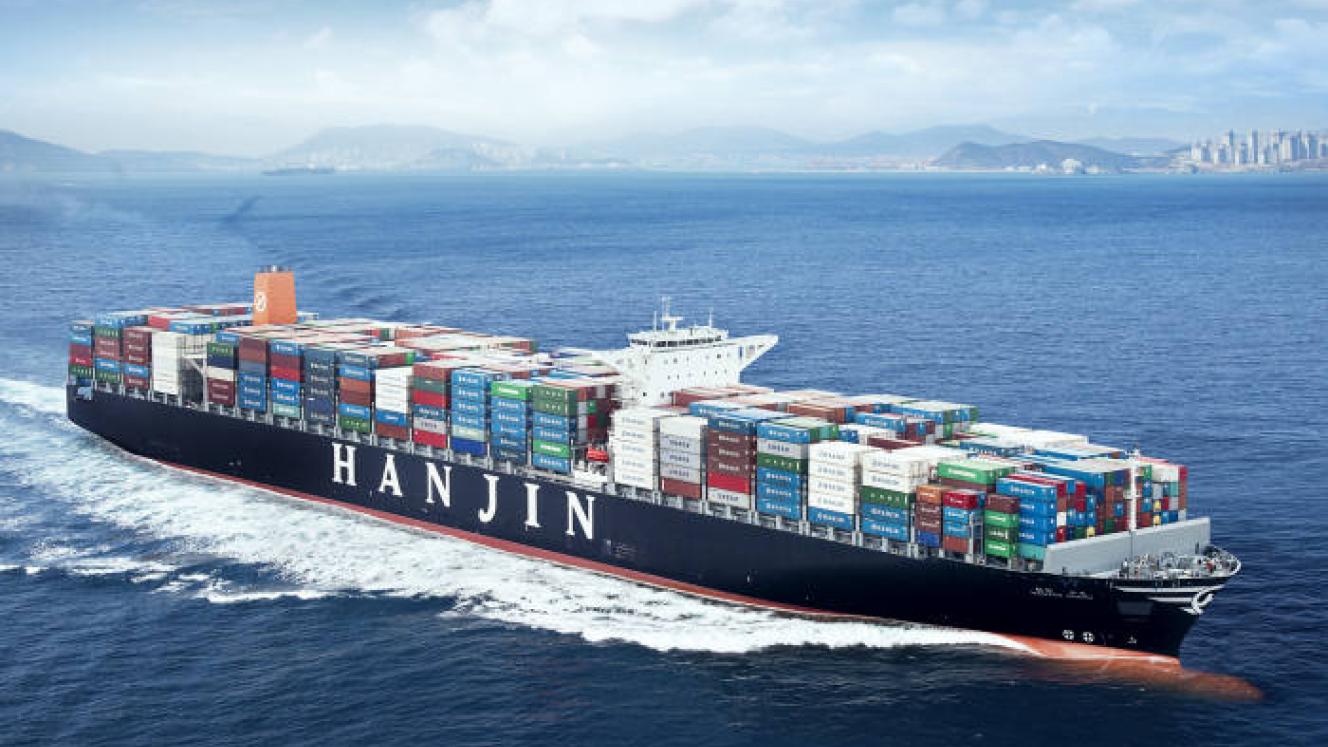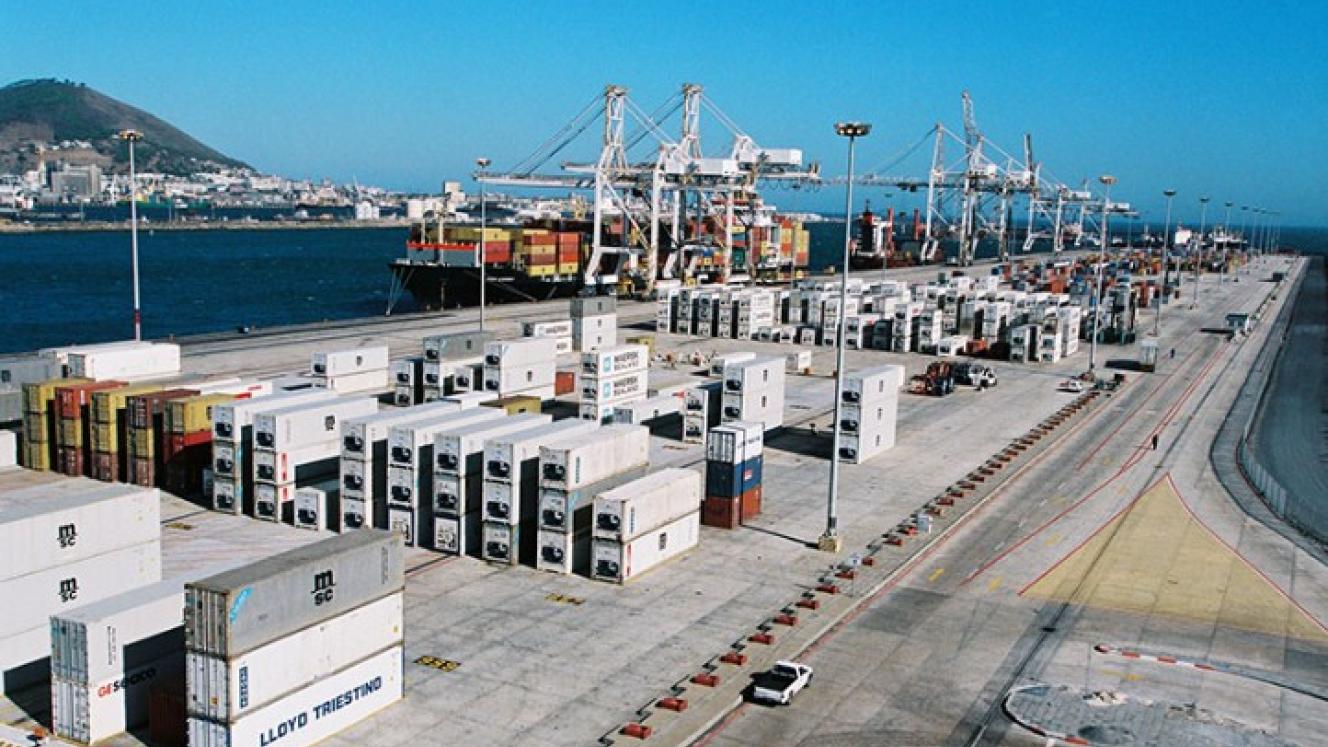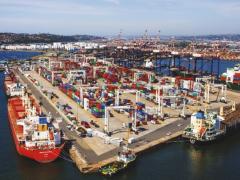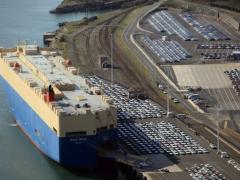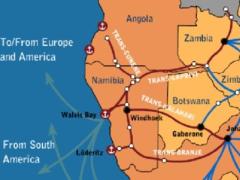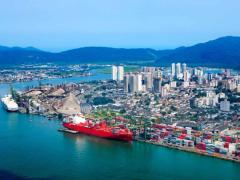With Korea’s Hanjin Shipping filing for court receivership last week, the assumption that major container lines will always find a way to survive has been rocked, said maritime analyst, Drewry, in its latest Container Insight Report.
In 2009 when the container industry posted operating losses of nearly US$20 billion and many lines were said to be “minutes from bankruptcy”, none died. The “zombie” carriers’ survival methods were varied and complex, ranging from off-hiring ships to requesting government support, but ultimately they worked, Drewry pointed out.
Having survived the worst crisis the industry has ever faced the assumption grew in strength that major carriers could not be killed off. While some smaller players have fallen by the wayside this decade, none were remotely in the same league as Hanjin Shipping, which with a containership fleet of around 100 ships and total capacity of 620 000 TEUs, ranks it seventh in the world.
But, the Drewry report highlighted, Hanjin’s move into administration shatters the complacency that major carriers are immune to failure and can stomach prolonged years of low rates and financial losses.
Drewry noted that from 2010 to the first-half of 2016 the company’s operating loss amounted to approximately $580 million, with most of the damage emanating from the container division.
“The impending bankruptcy of Hanjin should serve as a warning that carriers do have breaking points and that they will not always be rescued. Unless shippers make the altruistic decision to pay more to save carriers (unlikely) they will need to pay more attention to the warning signs,” said a Drewry spokesperson.
